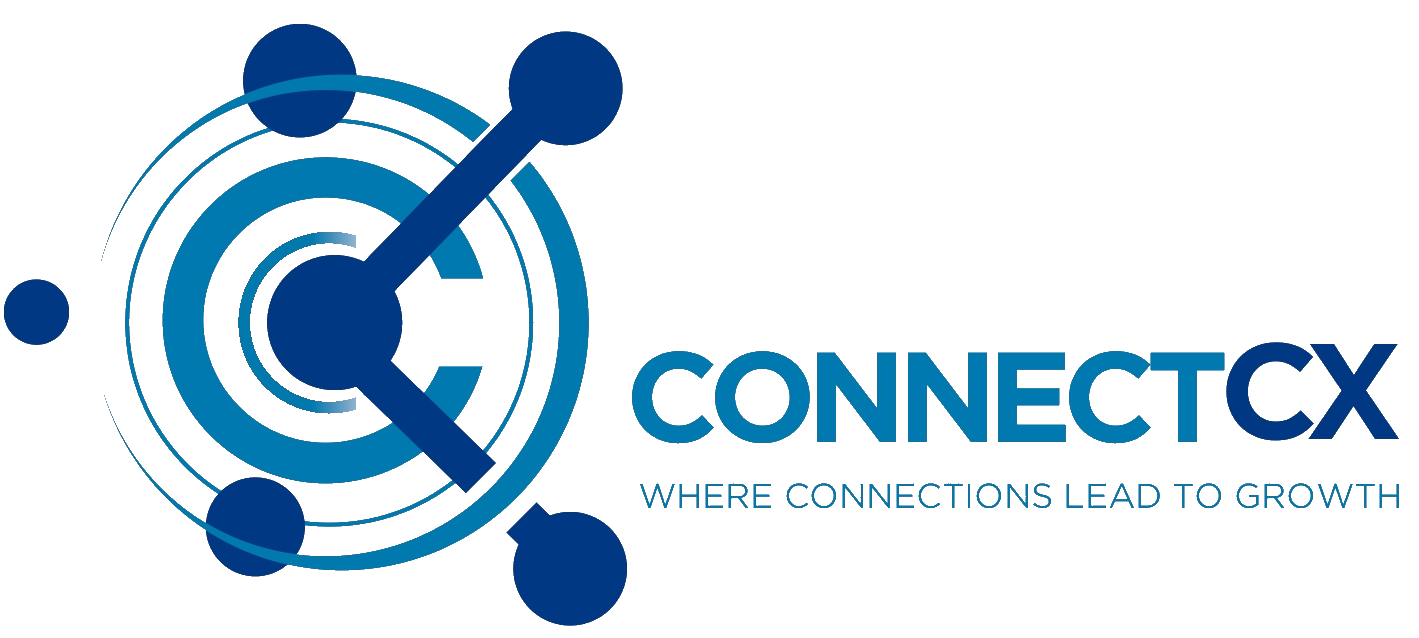As cloud adoption accelerates, you must strengthen your security posture. With sensitive data and critical services migrating, the risks are considerable. Effective cloud security posture management is essential, but the distributed nature of the cloud presents challenges. You need visibility across hybrid environments. You need automation to implement security at scale. And you need integration with infrastructure as code to embed security earlier.
This article explores the strategies and tools available to manage and improve your enterprise cloud security posture. We cover the capabilities required: unified visibility, compliance automation, and infrastructure as code integration. Read on to learn how leading solutions allow you to secure the cloud.
What Is Cloud Security Posture Management?
Cloud Security Posture Management (CSPM) refers to the tools and processes used by organizations to improve their security posture in cloud environments. As enterprises adopt cloud services, their attack surface expands, and they face new risks. CSPM solutions help identify and remediate vulnerabilities in cloud resources to reduce risk.
Continuous Monitoring
- CSPM solutions continuously monitor cloud resources to detect misconfigurations and other issues. They scan resources like virtual machines, storage buckets, and identity and access management settings to find weaknesses. CSPM tools can detect issues like open firewall ports, overly permissive identity and access policies, encryption disabled, and more.
Risk Prioritization
- With many cloud resources and a constant stream of new vulnerabilities, it can be difficult to prioritize what to fix first. CSPM solutions analyze findings to determine the level of risk each poses so security teams can focus on the most critical issues. They consider factors like the sensitivity of the data and resources involved, the severity of the vulnerability, and the likelihood of exploitation.
Remediation Guidance
- CSPM tools go beyond detecting issues by providing specific remediation guidance to help security teams address findings. This guidance outlines the steps to configure resources properly and implement best practices. Some solutions can even automatically remediate certain misconfigurations with the proper permissions and oversight.
Continuous Compliance
- For organizations in regulated industries, CSPM helps ensure continuous compliance with standards like PCI DSS, HIPAA, and GDPR. By monitoring for and remediating control failures in cloud resources, CSPM solutions reduce audit burden and the risk of penalties for non-compliance. They provide reporting to demonstrate compliance to auditors.
With a sound CSPM strategy, enterprises can take full advantage of the cloud while maintaining a solid security posture. Continuous monitoring, risk prioritization, remediation guidance, and compliance automation provide a framework for managing risks in dynamic cloud environments.
Why Is Cloud Security Posture Management Crucial for Enterprises?
As enterprises migrate more of their infrastructure and workloads to the cloud, managing their security posture across cloud environments becomes increasingly important. For effective cloud security, enterprises must gain visibility into their cloud resources, detect misconfigurations and vulnerabilities, and remediate issues to minimize risks.
Gain Visibility into Cloud Resources
With resources spread across multiple cloud platforms and accounts, enterprises can quickly lose visibility into their assets and access permissions. Cloud Security Posture Management (CSPM) tools provide a single pane of glass to view all cloud resources, identify security gaps, and monitor for changes.
Detect Misconfigurations and Vulnerabilities
According to surveys, over 70% of cloud breaches are due to misconfigurations, not direct hacks. CSPM solutions use automated scanning to detect insecure configurations, access permissions, storage exposures, and other vulnerabilities across Infrastructure as a Service (IaaS), Platform as a Service (PaaS), and Software as a Service (SaaS) environments. They can identify issues like open S3 buckets, weak passwords, and unused security groups.
Continuously Monitor and Remediate Risks
As enterprises deploy new cloud resources and workloads, their security posture constantly changes. CSPM tools provide continuous monitoring to detect any new risks, sending out alerts when they identify critical vulnerabilities or policy violations so security teams can remediate them immediately. CSPM solutions also enable enterprises to remediate risks at scale through built-in automation and integration with native cloud platform tools.
Enterprises can establish and maintain a strong security posture in the cloud by gaining visibility, detecting misconfigurations, monitoring continuously, and remediating risks across all cloud environments. CSPM is crucial for enterprises to secure their cloud infrastructure and data effectively.
Best Practises for Implementing CSPM Strategies and Tools
Several best practices should be followed to effectively manage your cloud security posture. First, continuously monitor your cloud environments for misconfigurations and vulnerabilities. Use a Cloud Security Posture Management (CSPM) tool to gain visibility into your cloud resources and workloads. These tools can detect misconfigured storage buckets, security groups, and access keys.
1. Conduct Regular Audits
- In addition to continuous monitoring, perform regular audits of your cloud environments. Audits should check for compliance with security policies and standards and spot issues with access management, data encryption, and logging. Review audit reports and remediate any findings to strengthen your security posture.
2. Enforce Least Privilege Access
- Ensure users and workloads only have the minimum permissions to fulfill their functions. Overly permissive access policies can lead to data breaches and other security incidents. Use tools like AWS IAM or Azure RBAC to apply granular access controls based on job roles and responsibilities. Review and recertify access regularly.
3. Enable Logging and Alerting
- Actively monitor your cloud environments by enabling and reviewing logs and alerts. CSPM tools can detect anomalies in log data and trigger alerts for suspicious activity. Logs also provide an audit trail in the event of an incident. Forward cloud logs to an SIEM platform for correlation and analysis.
Take a multi-layered approach to securing your cloud environments. Continuous monitoring, auditing, access management, and logging/alerting are all needed for a strong security posture. Leverage CSPM tools and services to gain visibility and control across your cloud resources. Review policies and procedures regularly and make improvements to stay ahead of emerging threats. With vigilance and best practices, you can meet the shared responsibility model for security in the cloud.
Key Cloud Security Posture Management Solutions for Enterprises

1. Cloud Security Posture Management (CSPM) Tools
Enterprises utilizing cloud infrastructure require dedicated Cloud Security Posture Management (CSPM) tools to gain continuous visibility into their cloud security posture. CSPM tools like Microsoft Cloud App Security, Palo Alto Networks Prisma Cloud, and Zscaler Cloud Security Posture Management provide real-time visibility across cloud resources and workloads. They enable security teams to detect misconfigurations, policy violations, and anomalous behavior through analytics and threat detection. CSPM tools also facilitate one-click remediation of violations to streamline security operations.
2. Cloud Infrastructure Entitlements Management (CIEM)
Cloud Infrastructure Entitlements Management (CIEM) solutions manage user access and permissions across cloud environments. They provide an inventory of all cloud users, groups, and roles to give security teams a single pane of glass into entitlements across cloud platforms like AWS, Azure, and GCP. CIEM tools from vendors such as Orca Security, Saviynt, and Ermetic use analytics to detect overly permissive entitlements and unused accounts. They can automatically remediate violations to least privilege access according to enterprise policies. CIEM strengthens security by reducing the risk of compromised credentials and insider threats.
3. Cloud Workload Protection Platforms (CWPP)
Cloud Workload Protection Platforms (CWPP) deliver runtime protection for workloads and containers in cloud and hybrid environments. CWPP solutions such as Prisma Cloud, CrowdStrike Falcon Horizon, and Symantec Web Security Service inspect cloud workloads for vulnerabilities and malware. They enforce policies for security configurations, firewall rules, and software versions. CWPP tools monitor workloads for anomalous behavior to detect compromised instances and insider threats. They can also discover shadow IT by identifying unapproved SaaS apps in use. CWPP strengthens its security posture by protecting cloud workloads at runtime.
Dedicated CSPM, CIEM, and CWPP solutions provide security teams with comprehensive visibility and control across their cloud infrastructure, entitlements, and workloads. They enable continuous monitoring and remediation to optimize cloud security posture according to enterprise risk tolerance. With strong security foundations in the cloud, enterprises can confidently accelerate digital transformation initiatives.
FAQs on Cloud Security Posture Management for Enterprises
What is Cloud Security Posture Management (CSPM)?
- Cloud Security Posture Management (CSPM) refers to continuously assessing an organization’s security posture in cloud environments. CSPM solutions analyze configurations and settings across cloud resources like storage buckets, compute instances, and serverless functions to identify security risks and compliance issues. They provide visibility into cloud assets and configurations, detecting misconfigurations and vulnerabilities that could be exploited.
Why is CSPM important for enterprises?
- Enterprises rapidly adopt cloud services but struggle to gain complete visibility and control over their cloud resources. CSPM gives enterprises insight into their cloud security posture, enabling them to reduce risks, enforce compliance, and strengthen cloud security governance.
- By continuously analyzing configurations, CSPM solutions can identify issues like open storage buckets, excessive permissions, and unused security groups. They help enterprises establish a strong security baseline and audit cloud resources for compliance with security policies and regulatory standards.
What are the key capabilities of a CSPM solution?
A CSPM solution should provide:
- Continuous discovery and inventory of cloud resources
- Assessment of configurations against security best practices
- Monitoring for new resources and changes
- Prioritisation of risks and misconfigurations based on severity
- Remediation guidance with step-by-step instructions to resolve issues
- Compliance checks against standards like SOC 2, ISO 27001, PCI DSS, and HIPAA
- Customizable policies to align with an organization’s risk profile
- Dashboards and reports for visibility into the overall cloud security posture
How can enterprises improve their cloud security posture?
Enterprises should:
- Gain complete visibility into their cloud environments by deploying a CSPM solution
- Establish and enforce strong security policies for cloud resources
- Remediate critical risks and vulnerabilities detected by CSPM solutions
- Provide security training for teams deploying and managing cloud resources
- Review configurations and access controls regularly
- Optimise cloud security spending by identifying and de-provisioning unused resources
Monitoring your cloud security posture and addressing risks and misconfigurations is critical to securing the cloud for enterprises. CSPM solutions provide the visibility and control needed to strengthen an organization’s security governance in dynamic cloud environments.
In Short
As observed, securing your enterprise cloud environment requires ongoing vigilance and the correct set of tools for visibility and control. By taking a data-driven approach, implementing least privilege access, automating security best practices, and leveraging purpose-built CSPM solutions, you can continuously assess risk, reduce your attack surface, speed remediation, and demonstrate compliance. With the exponential growth in cloud adoption, implementing a robust security posture management strategy tailored to your unique needs is more important than ever. The threats are real, but with the right cloud security posture management approach, you can securely harness the power of the cloud to drive your business forward.
More Stories
Microsoft Unveils Windows 365 Link : A Compact Gateway to Cloud Computing
Microsoft’s latest innovation, the Windows 365 Link, emerges as a game-changing solution for your business. This compact, fanless mini PC represents a significant leap forward in cloud connectivity, offering you a streamlined gateway to Windows 365 Cloud PCs
Interlock Ransomware Surge Threatens U.S. Healthcare Systems Amid Growing Cyber Vulnerabilities
As you navigate the complex landscape of healthcare cybersecurity, a new threat looms on the horizon. The Interlock ransomware group...
Datadog Boosts Forecast as AI-Powered Cybersecurity Demand Fuels Growth in 2024
Datadog, a leader in cloud application monitoring and security, has recently increased its annual forecast. They also cite of surging demand for AI-powered cybersecurity solutions.
Australia’s OAIC Sets Boundaries on Data Use for Generative AI: Balancing Innovation with Privacy
(OAIC) has recently stepped into this complex arena, issuing guidelines that set clear boundaries for the use of personal data in training generative AI models.
Qilin Ransomware Strikes Harder with Advanced Encryption and Stealth Tactics
he Qilin ransomware, previously known as Agenda, has undergone a significant transformation, emerging as the more potent Qilin.B variant. This advanced iteration presents a formidable challenge to your organization’s digital defenses.
Securing U.S. Roads: New Rules Target Foreign Technology in Connected Vehicles
The Biden administration's proposed new rules to ban Chinese and Russian-linked connected vehicle components marks a pivotal moment in U.S....



